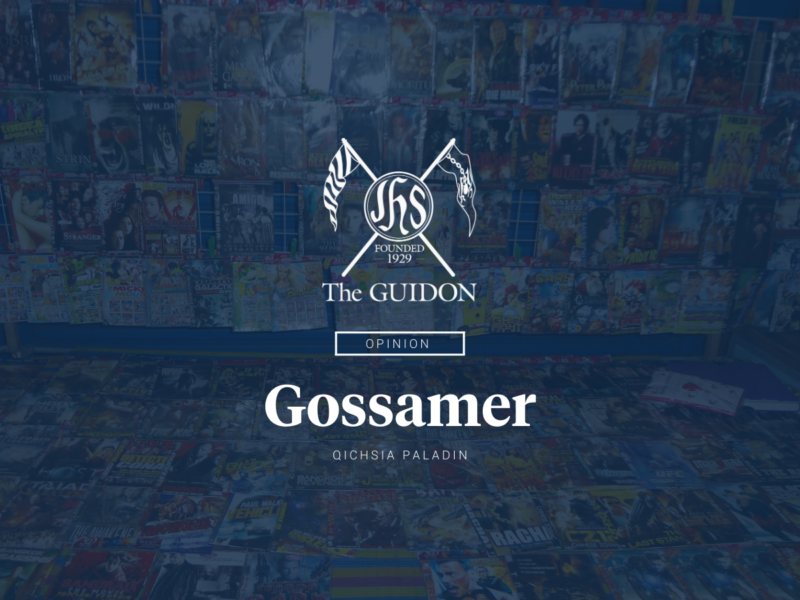THE WORLD runs on design. Every little detail you see—from the street signs to the massive billboards—is crafted with intent and purpose, embedding ideas into people’s minds.
We, artists, understand the impact of associating design choices with movements and ideas, such as pink for breast cancer awareness or the rainbow for the Lesbian, Gay, Bisexual, Transgender, Queer, Intersex, Asexual plus (LGBTQIA+) Pride. Watching these creations speak volumes and ignite change over time reminds me of how rewarding and beautiful it is to be a designer.
However, commercial marketing has discovered the double-edged nature of design. Conglomerates capitalize off of social movements and risk diluting the true essence of the advocacy. Now, I see soulful creations reduced to fleeting hashtags and superficial logos, stripped of the depth and meaning they once carried.
Well-known advocacies, such as Black Lives Matter (BLM) and those of the LGBTQIA+ community, have fallen victim to the dilution of their message by seasonal corporate branding and merchandising.
Companies often flood logo backgrounds, commercials, hashtags, and even products with color palettes and symbols associated with social movements to convince consumers of their solidarity with the cause—usually only during designated months. LGBTQIA+ merchandise is promoted in June, while BLM advertisements reappear when the hashtag starts trending.
While multi-million-dollar companies supporting these causes may lead to an uproar of praise, a thread of exploitation arises. If anything, activism is not a seasonal design choice one can plaster across social media accounts and commercials; such superficial displays trivialize not only the design’s symbolism but the depth of the struggles these movements represent.
Needless to say, design plays a huge role in social media awareness campaigns. It resonates with people’s hearts and minds so deeply that something as simple as a looped pink ribbon can instantly spark recognition. However, recognition and awareness without action risks becoming just an empty promise for change.
As artists, we face the conundrum of simplifying complex ideas into consumable symbols that lead to two distinct roads: impact or inertia. Thus, I want to continue believing that a designer’s true intent will always shine through, but in today’s trend of design exploitation, anything can be misused and devalued.
The fine line between empowering advocacies and commercializing them poses a challenge not only for corporations but also for designers. We share the responsibility of perfectly encapsulating complex issues without compromising depth for short-term consumption.
Nevertheless, this widespread exploitation does not mean that every design will blindly fall into the trap. At the end of the day, the one who wields the power of design holds the choice: to become a catalyst for change or an anchor hindering genuine progress.
Anthea is an Information Design junior at the Ateneo de Manila University. Her eye for design has driven her passion for storytelling to bring ideas, narratives, and truths to life. She believes in the transformative nature of art, inspiring her to create designs that ignite change.
Editor’s Note: The views and opinions expressed by the opinion writer do not necessarily state or reflect those of the publication.







